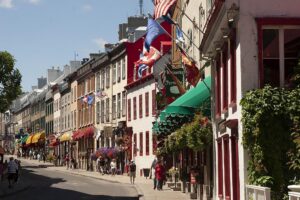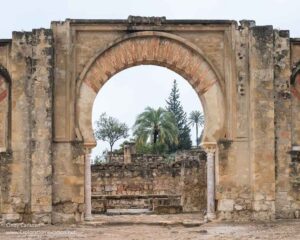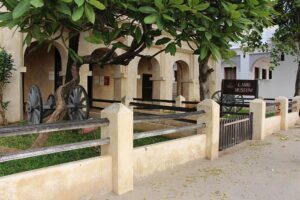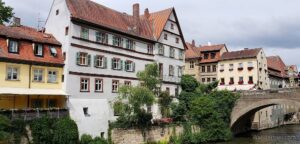The Trulli of Alberobello
Picturesque whitewashed houses with conical roofs, built using age-old dry-stone techniques.

Picturesque whitewashed houses with conical roofs, built using age-old dry-stone techniques.

Seven parks encompassing all the grandeur of the Canadian Rockies with magnificent mountain scenery.

The remains of what was the center of political power in Vietnam for over a thousand years.

Stunning waterfalls and lakes formed by natural tufa barriers.

North America’s only fortified colonial city, with an intact core, some of which dates back to the 17th century.

An area of seaside cliffs comprising polygonal stone columns that seemingly form a “pavement.”

Four Indian Ocean islands with extraordinary biodiversity and distinct endemic species.

Ruins of a 10th-century fortified Umayyad city.

Megalithic tombs and the natural features that align with them.

A protected natural wilderness area that is essential for birds migrating between Africa and Europe and for other species.

An urban center with a wide range of outstanding historical architecture, viewed as the music capital of Europe.

Three national parks that protect a wide range of endemic flora and fauna, including endangered species.

An Orthodox Christian cathedral and monastery dating back to the 11th century.

A 17th-century British fort built by imported African slaves to defend St. Kitts against the French.

Apartment complexes designed in the early 20th century to improve living conditions for low-income families.

An intact 13th-century Old Town and New Town – the former was a trading hub, the latter a craft center – plus a Teutonic castle ruin.

A traditional communal system interconnecting natural, religious and cultural components.

A medieval town known for its Romanesque church/castle on a cliff and its picturesque half-timbered houses.

Two districts, one exemplifying medieval cities, the other a model of modern city planning.

A 700-year-old former trading port that demonstrates the cultural blending of Swahili, European, Arab and Indian influences.

A former prison; now a symbol of resistance to and, ultimately, triumph over South Africa’s apartheid system.

A beautifully intact medieval city center with over 1000 historic buildings as well as an early example of urban farming.

A 2000-year-old desert palace complex with a dramatic story of Jewish resistance against Roman rule.

Two locations that exemplify the historical process of salt production and industrial architecture.

A series of early cotton mills that represent the birth of the factory system at the start of the Industrial Revolution.

An exceptional collection of ancient Greek temples dating to the 5th century BC.

A riverine wildlife refuge that is home to many rare and threatened species, including the one-horned rhinoceros.

A huge English-style garden and the structures in it that illustrate the principles of Enlightenment ideals in landscape design.

A small city on an island showing influences from a succession of ruling powers.

Four nature reserves that combine to protect the oldest and tallest trees in the world.

A 14th-18th century city that served as a seat of the Siamese royal court and whose art and architecture show international influences.

A massive brick castle from an era of forced conversion to Christianity in eastern Europe.

A living cultural landscape that has endured for 2000 years.

Significant not for its history, but for the symbolism of its restoration.

Six ornate and unique forts, legacies of the Princely Rajput states.

A complete architectural ensemble built around the well-preserved ruins of a large palace complex.